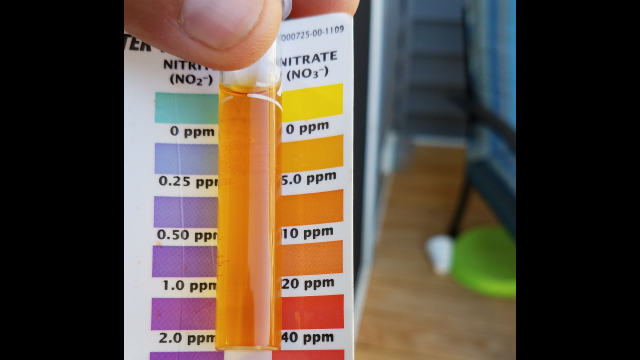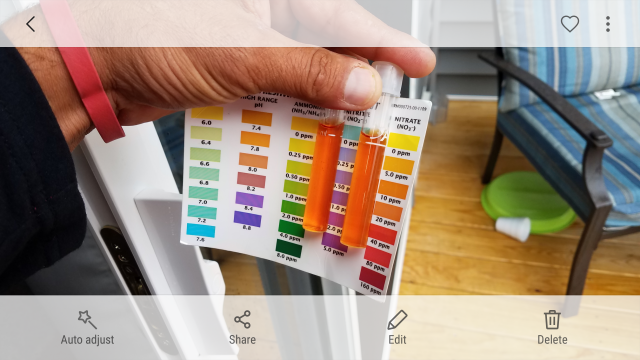thx for the explanation i didnt know anaerobic bbtake longer to establish than aerobic.
What other parameters would you look for ?
Please ask a more specific question. Parameters relative to what?
thx for the explanation i didnt know anaerobic bbtake longer to establish than aerobic.
What other parameters would you look for ?
Please ask a more specific question. Parameters relative to what?
"Depending on you water parameters and your filter setup, you may or may not need to add something to the filter to act as an electron donor. The alcohol being discussed in this thread translates to carbon as an electron donor, but mind you don't pickle your filter."
jaws7777 said:Are you testing with fish in the tank yet ? If not how did you come to those results ?


2000gph translates into 100w for me lolThe idea that protein skimmers don't work on fresh water is total BS, as my video and photos show. And because fractionation occurs naturally with wave action, and in flowing steams. We've all seen foam from waves on a beach (natural fractionation)
That said, I have never had a manufactured commercially available skimmer (That I have tried) actually work, too small a chamber and too wimpy a flow,
The one in my video is 4 ft tall, and 6" in diameter.
My DIY versions all worked, but flow has to be strong enough.
I use minimum 2000 + mph pumps to get enough flow and create enough agitation in the air water interface to work.
Most aquarists aren't willing to run that kind of flow, so their fractionates fail to produce foam, and then they claim it doesn't work.
The idea that protein skimmers don't work on fresh water is total BS, as my video and photos show. And because fractionation occurs naturally with wave action, and in flowing steams. We've all seen foam from waves on a beach (natural fractionation)
That said, I have never had a manufactured commercially available skimmer (That I have tried) actually work, too small a chamber and too wimpy a flow,
The one in my video is 4 ft tall, and 6" in diameter.
My DIY versions all worked, but flow has to be strong enough.
I use minimum 2000 + mph pumps to get enough flow and create enough agitation in the air water interface to work.
Most aquarists aren't willing to run that kind of flow, so their fractionates fail to produce foam, and then they claim it doesn't work.


